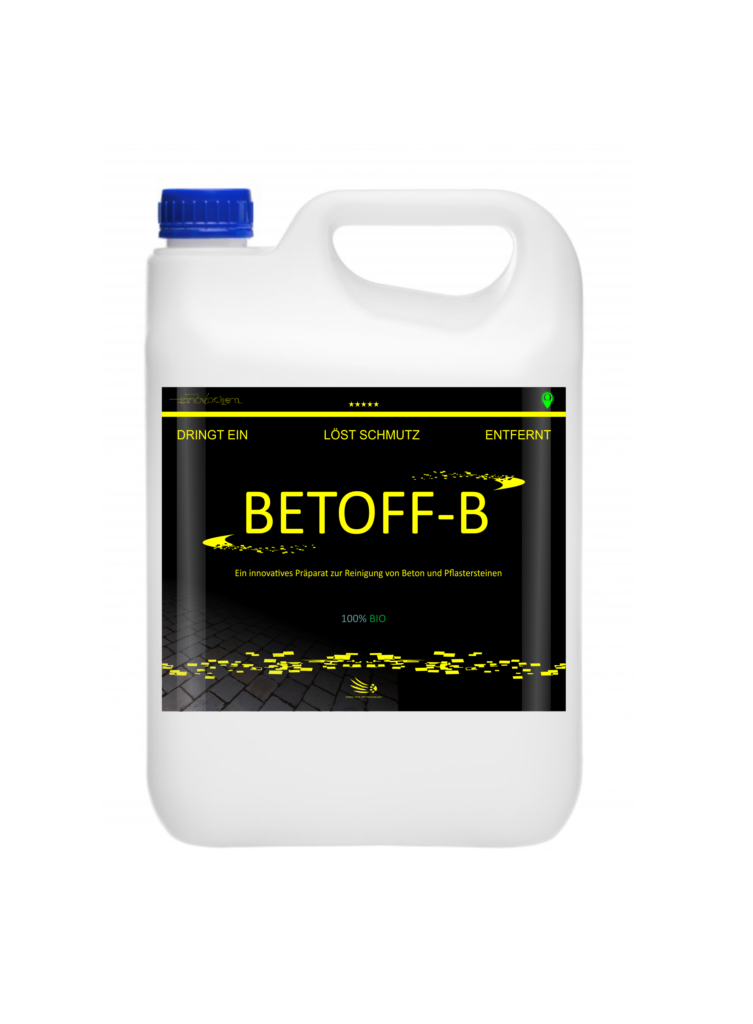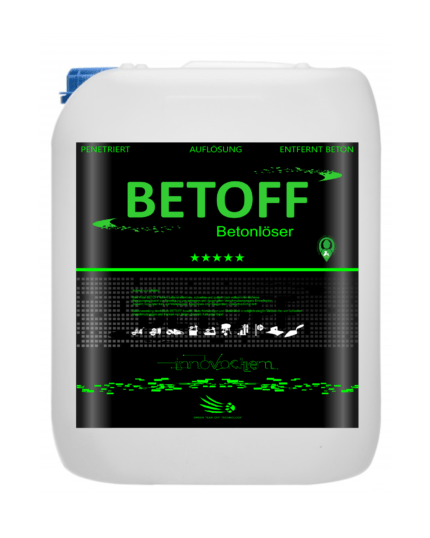Concrete blocks and paving stones are not made of the same materials. Bricks made of clay or concrete that are no bigger than 300 mm are very common. They are utilized under houses, on terraces, in squares, driveways, and even at airports. The most common type of modular surface is paver stones. You will learn more about paving stones and your options for laying them after reading this article.
Application of concrete blocks and pavers
It is evident by examining the international market that paving stones have become considerably more popular within the past forty years. Thanks to advancements in production technology, the cost of paving stones has shifted in favor of the consumer. Almost everyone building a home nowadays can afford to purchase and install paving stones in front of their home.
Paving stones are used for many things; driveways, patios where kids play all day, and garden walks bordered with them are just a few. What kinds of surfaces are paving stones a great substitute for? For sure, asphalt can present challenges, particularly during the sweltering summer months. Although concrete slabs are a rival to paving stones, they will likely never be able to match the aesthetic options that paving stones provide. Even freight yards, piers, and airports employ paving stones.
Paving stones offer an unparalleled range of design options. Paving stones are only limited by your imagination in this way.
Varieties of concrete blocks and paving stones
Not all paving stones are created equal, despite the fact that it might be challenging to tell them out superficially. Paving stones that can support this kind of load must be utilized in areas where forklifts and other heavy machinery are employed. Different paving stones should be used for a driveway and a construction company’s yard.
Different paving stone thicknesses are needed for various applications, such as an airport, a playground, and a yard.
All patios, garden pathways, and paths surrounding the home are often categorized as category 4.
These are the categories:
1A
- sewage
- airports
- bus terminal
2B
- very large loads
- manufacturing heavyweight
- shipyards and loading docks
2.
- driveways and other places where cars are used
- gas stations
- urban areas where cars frequently pass
- parking lots
- pedestrian walkways that could be struck by a car
3.
- cars’ medium-frequency use
- parking places
4
- personal driveways
- patios, walkers, etc.
- sidewalks that automobiles almost infrequently use
What is the composition of pavers?
On the market, paving stones come in two varieties. These are kiln-fired clay paving stones and concrete paving stones.
However, the construction industry does not often use clay paving stones. Both varieties of paving stones are typically referred to as paving stones.
The market offers paving stones that range in thickness from 40 to 120 mm. 50–60 mm is the most commonly used thickness for paving stones. Paving stones of this thickness are typically installed on patios, driveways, and other areas where foot traffic is common. Paving stones with a thickness of 80 mm are placed in areas where wheeled vehicles frequently go. When extreme durability is needed, the thickness of paving stones—which ranges from 100 to 120 mm—is typically warranted. This thickness of paving stone is used in ports, airports, and unloading zones, among other places.
It can take some time to determine the proper paving stone thickness for the specific operating conditions. It may take several weeks if you include the paving stones’ look, which is made up of color and shape 🙂.
Typically, women make the decision about the color and shape of the paving stones that will be placed in front of the house. When it comes to installing paving stones on the company’s driveway or in situations where the paving stones’ longevity matters, this duty often falls on the gentlemen.
Concrete blocks and paving stones
These days, concrete blocks—also known as concrete paving stones—come in a variety of forms, hues, and technical specifications.
The following sizes of concrete blocks are available for purchase: 100 x 200 x 50 – 100 mm.
Concrete blocks are colored by a dyeing process that often involves the use of metal oxide. Regretfully, no weather-resistant paving stone dye has yet been created by anyone. Whatever dye is applied to color paving stones eventually disappears. UV radiation from the sun is the main cause of this. Cheaper concrete blocks are typically colored with subpar pigments.
Because manufacturers never acknowledge the quality of the color used, you must exercise caution while selecting paving stones. You can inquire about the duration of the display if the paving stones you wish to purchase are visible. If you receive a truthful response, you can evaluate the caliber of the dye that the business employs to color the paving stones. When selecting paving stones for your driveway, it might also be beneficial to take a stroll over to your neighbor’s place to inspect their paving stones for fading.
What color are the paving stones?
There are two methods for dying paving stones. First, completely submerge the block in the dye. It is then crushed and pressed.
The second way to dye paving stones is to color only the surface that will be seen once the stones are installed.
How to clean paving stones?
In our offer range you will find a product called BETOFF-B, which easily removes all dirt from concrete surfaces. Just pour the dirty paving stones, wait about 10 minutes, then introduce the liquid into the dirt in a circular motion using a brush with soft bristles.

And how to remove concrete or cement laitance from paving stones?
For this task you need the most effective preparation on the market, which is BETOFF liquid (concentrate). Note! The liquid is very strong and we recommend using it diluted on dirty paving stones. Usually, our customers dilute it 1:1 with water.

